
Everything around us seems to be “going green.” Supermarkets are promoting reusable cloth shopping bags, companies and home-owners are buying CFLs (compact fluorescent light bulbs) over standard incandescent bulbs, and even Walmart CEO Lee Scott vowed to take the company green with an ambitious environmental plan in 2005.
What does our school do that’s “green”? A majority of our lighting is fluorescent tube lighting, which uses 50-75% less electricity than the standard incandescent bulb. The new white and silver iMac computers use substantially less power than their bulky predecessors. About halfway through last year plastic bottle recycle containers appeared in the Commons.
Unfortunately, our school has no shortage of “un-green” practices and products. The new LCD projectors that have been installed in many classrooms have been plugged into the ceiling and so are difficult to unplug at the end of the day. Even when the projectors are in standby mode, they are still drawing power. The bulky TVs we use (including the smaller ones in the Language Lab) use two-thirds more power than their LCD counterparts of the same size. At the end of the day, when everyone goes home, we’re still using power; campus floodlights are not even fluorescent.
According to wastefreelunches.org, an average student buying lunch every day generates 67 pounds of trash per year. We have a little more than 900 students, as well as a number of faculty. If even half the student population buys lunch at school, then we generate roughly 30,000 pounds of waste a year.
While all of the above are a waste of electricity, they are relatively insignificant compared to our biggest waste of energy: heating and air conditioning. Our open-campus design is our Achilles’ heel. While it provides for a unique and interesting campus, it’s abysmal for heating. The constantly swinging doors in our 8 buildings allow the cold winter air in and lets the air we’ve heated out. In addition, the old building designs weren’t designed with heating in mind. The buildings literally bleed heat through the walls and roof.
Several local schools built in the last few years have opted for “green” building designs and have seen huge energy and water savings. Completed in 2005, Ashland High School saves 29% on energy a year. In 2006, Dedham saved 29% on energy and a whopping 78% on water by expanding a rainwater retention facility. Woburn High School saves 30% on energy and 50% on water, thanks to their 2006 project.
These measures save between $50,000-$100,000 on electricity alone. The Massachusetts Technology Collaborative is offering $15,000,000. in grants to schools investing in clean energy technologies and green building designs. When asked what he thought about restructuring the current building to make it “green,” Ken Altshuler, head of the science department here at Wayland High School said, “The restructuring of the building would require such major work, that in the long run it would probably be cheaper and better to get the new building.”
At this point discussions of a new high school in Wayland have stalled. The proposed plan to build a new $57 million building was rejected by residents in 2005. A number of voters believed the current school needs replacing, but the $57 million price tag was too steep. Building green schools is slightly more expensive than building a conventional school (the average cost premium is 1.65% on green schools), but the savings in the years to come could be substantial.
With gas and heating oil prices on the rise, our school will be bleeding green in a different sense this winter. Would the idea of a green building be enough to bring parties back to the discussion table?

![During the WHS club fair, senior Molly Bergeron is watching a student sign up for her club, Eliza J. Norton Foundation. In this club, students meet every week and come up with ideas to spread the message. "[This club] really touches a lot of people in the town," Bergeron said.](https://waylandstudentpress.com/wp-content/uploads/2025/10/IMG_1335-1200x800.jpg)

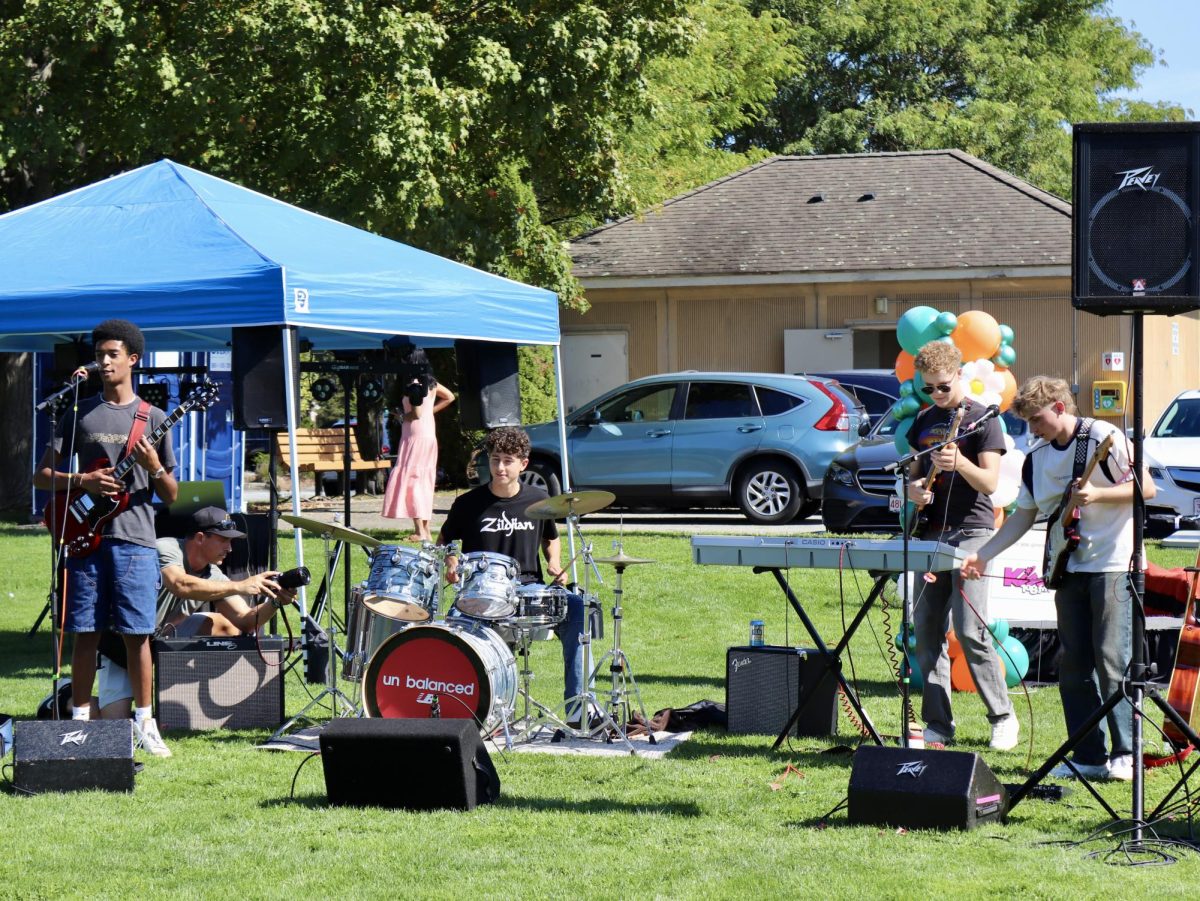

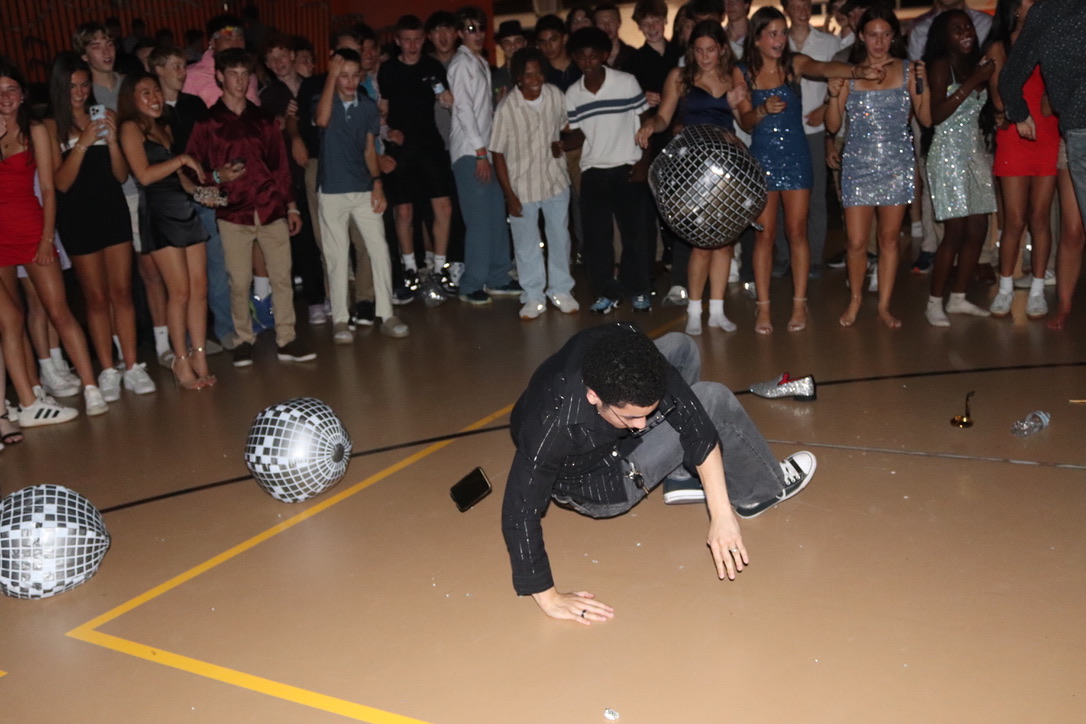








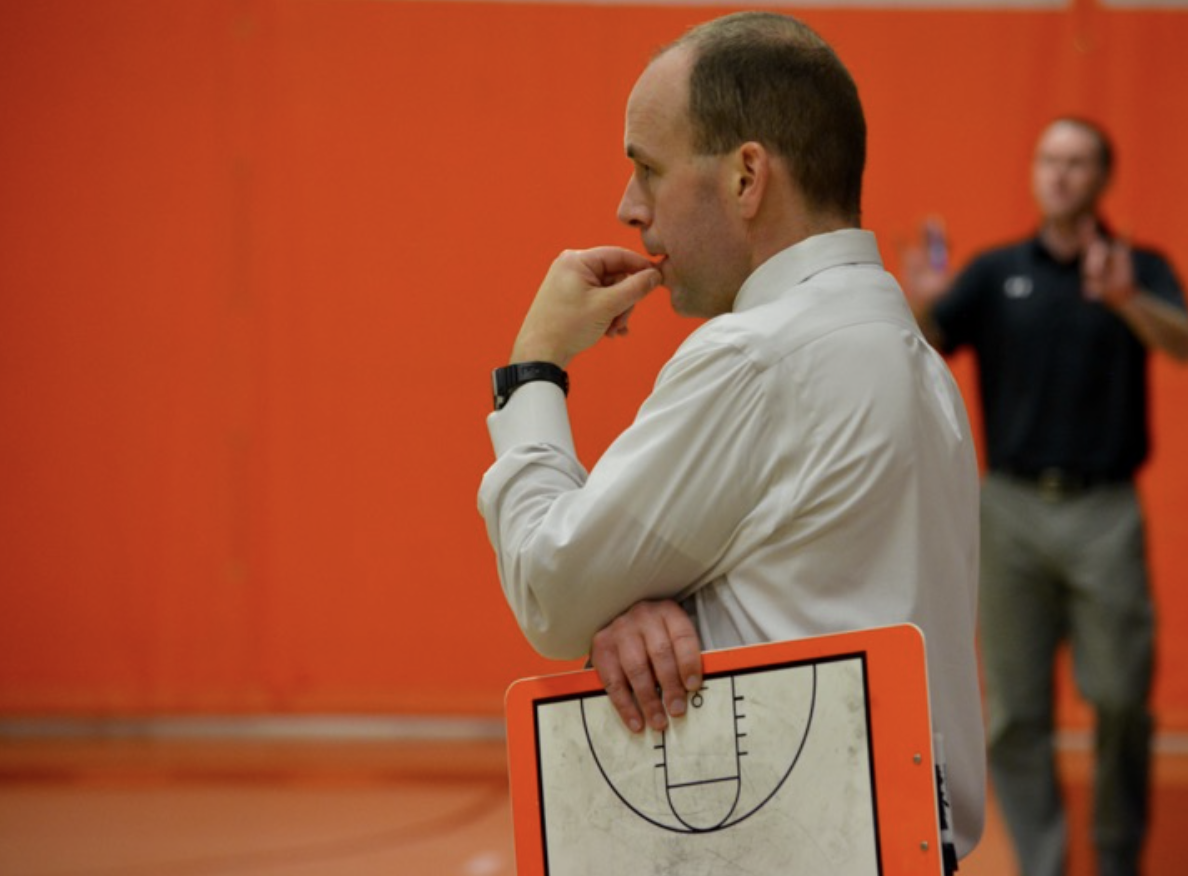
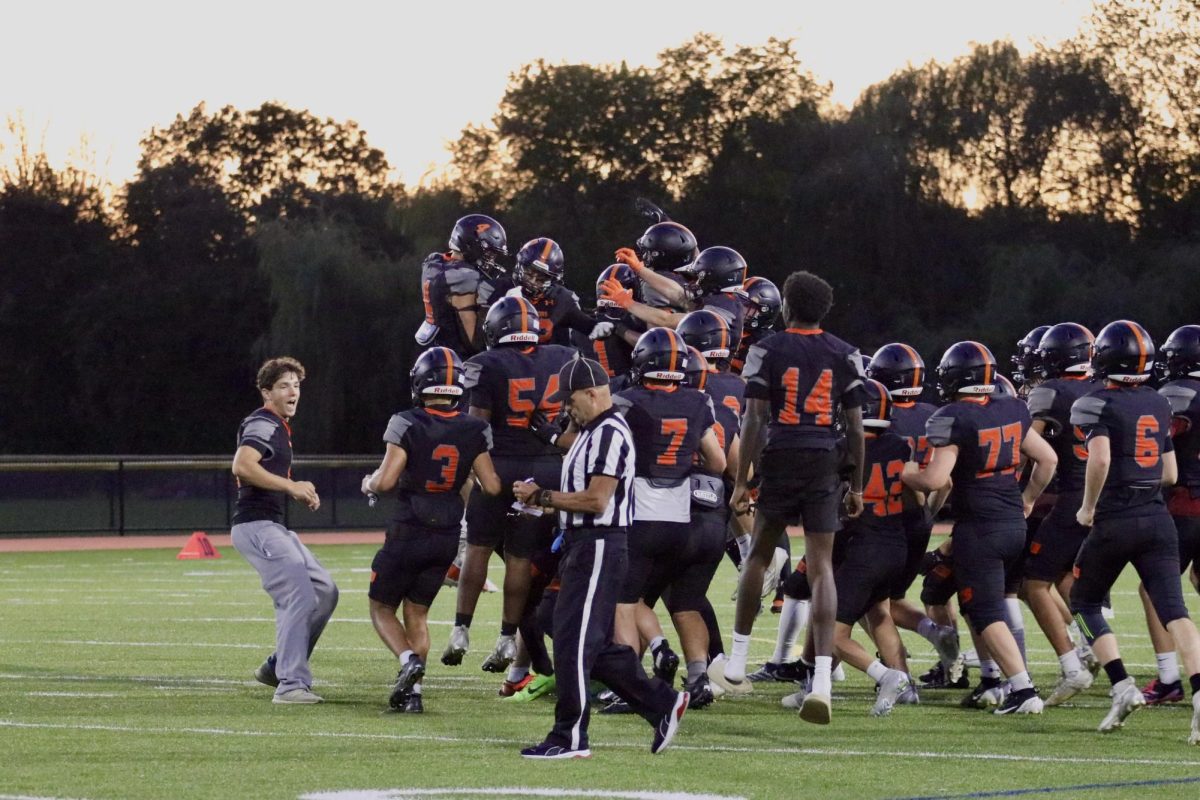







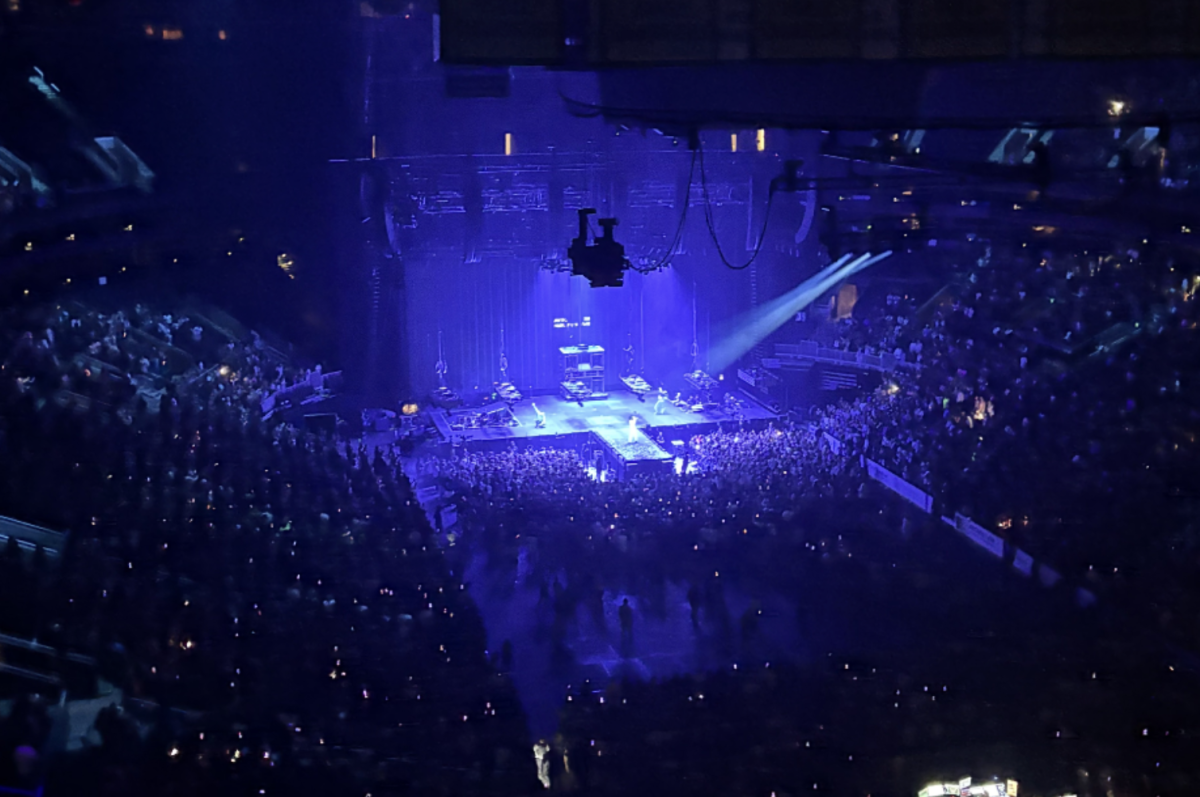




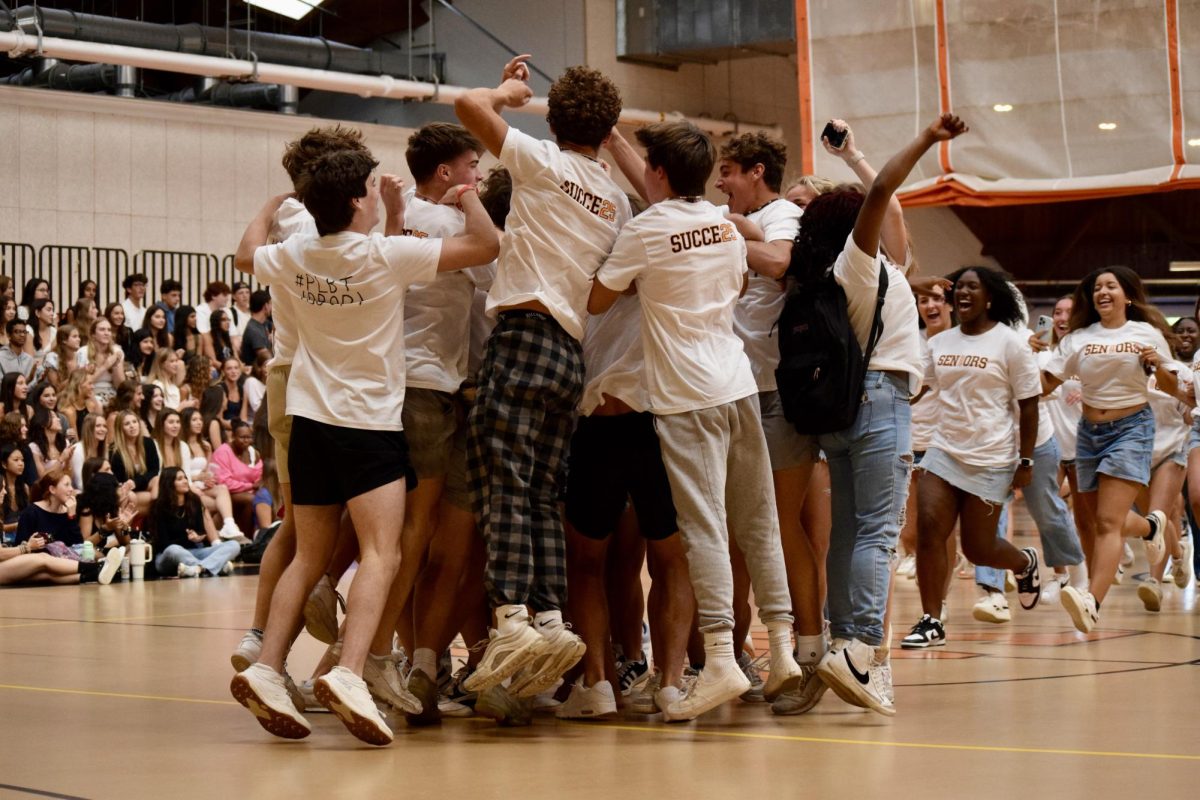




kermit the frog • Dec 2, 2008 at 9:43 AM
apathy.. wake up. going green is cool. not to mention our generation is going to see effects of not taking care of the earth, too.
apathy • Oct 6, 2008 at 8:57 AM
I don’t think enough people care about a green learning facility to actually cause change. Anyway, enough on the environment, we probably won’t live long enough to see the effects. Let’s let later generations worry about that…
Andrew B. • Oct 3, 2008 at 12:29 PM
I approve the above statement.
Anonymous • Sep 23, 2008 at 9:15 AM
I think this article’s photo clearly demonstrates that in fact, Wayland High School is brick-red.
nobody • Sep 22, 2008 at 1:38 PM
no. i don’t think wayland high is green.